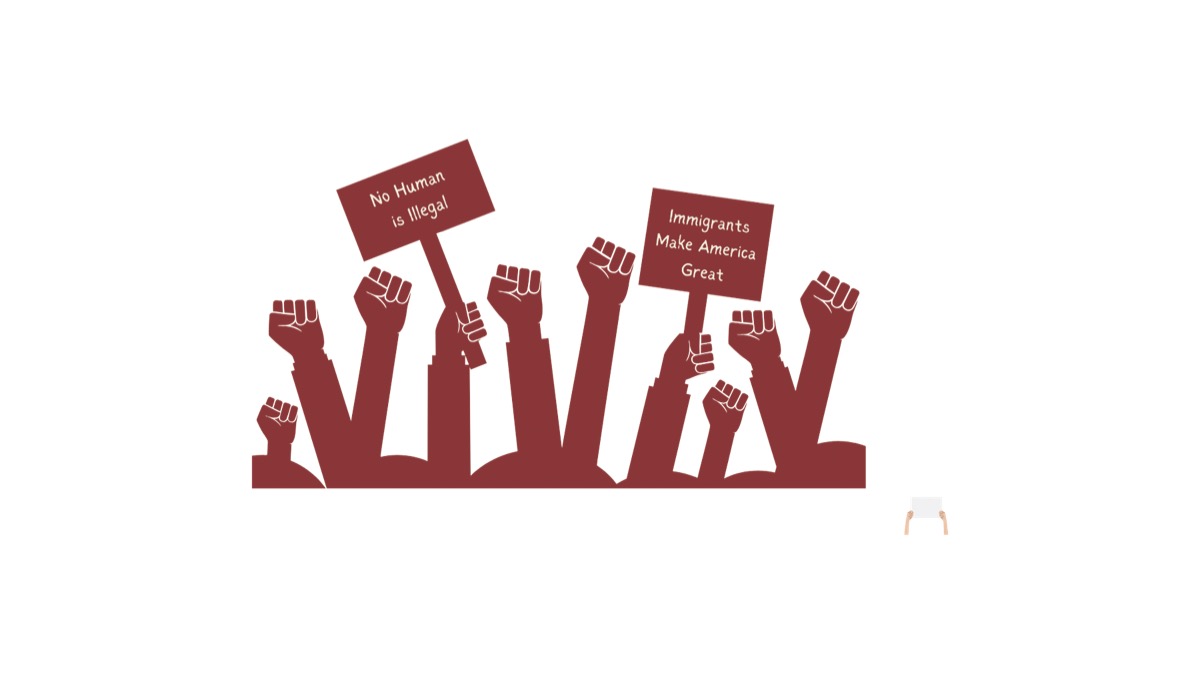The Problems with Medicare For All

February 22, 2021
According to the Frasier Institute, the median waiting time to see a physician in Canada is 19.8 weeks. According to Cancer Research UK, it takes an average of 62 days for the highest priority cancer patients to start treatment. Both Canada and the U.K. have single-payer, “Medicare For All” systems, and these statistics illustrate some of the enormous costs that come with these systems. “Medicare For All” is one of the most controversial topics in our society, especially since we are in a pandemic. Switching our healthcare system to a Medicare For All system would be a mistake and would create the same problems here as it does in Canada, the UK, and other countries with single-payer healthcare.
The Affordable Care Act, otherwise known as Obamacare, was a step towards Medicare For All, and it predictably has driven up costs. This stands in contrast to its main promise that it would reduce costs. Obamacare was advertised as reducing the cost of a typical family’s premium by about $2,500 annually. However, the Department of Health and Human Services (HHS) reported that “Average individual market premiums more than doubled from $2,784 per year in 2013 to $5,712 in 2017 – an increase of $2,928 or 105%.” According to Casey Mulligan of the University of Chicago, Obamacare is estimated to have reduced GDP by $250 billion and to have reduced employment by 800,000 jobs. At this pace, cumulative GDP loss by the end of the decade will exceed $1.2 trillion. This is a high price to pay for expanding coverage from 84% of the population in 2010 to 91 percent in 2016. Sadly, we are not even talking about Medicare For All.
First of all, the goal of Medicare For All is to ensure every person, not improve healthcare quality, nor cover all healthcare problems that people face. Many economists estimate that a Medicare For All plan would cost 32 trillion dollars over a decade. Some estimates are even over 40 trillion dollars over a decade. If we take the average of these two numbers, which is about 36 trillion dollars, and if we consider the estimated federal budget over the next ten years, which is about 45 trillion dollars, healthcare spending would be about 75% of the estimated federal budget. Not only would taxes be increased, but federal spending would increase by an astronomical amount. One goal of Medicare For All is to have every American have Government insurance, and many plans abolish private insurance. Medicare For All would not even cover all expenses for all surgeries, and the quality of healthcare would decrease. According to Forbes, 95% of all new drugs come from America. According to research from the University of Illinois, the United States is the leader in health technology development, with market size of about 120 billion dollars. According to a presentation by a doctor at Stanford, the National Health Service of the UK, a public system, is now increasing its budget on private healthcare. The key point here is that private healthcare is expanding, even in countries with a Medicare For All type plan.
Everyone can not have access to high-quality healthcare. The most important lesson of economics is that resources are scarce, and consumers need to be incentivized to conserve scarce resources. However, Medicare For All pushes us in the exact opposite direction. There are many negative consequences of Single-Payer Medicare For All in other countries. It eliminates competition. It does not incentivize consumers to conserve healthcare resources. As an example of how Single Payer damages health outcomes, cataract surgery is often not covered in the U.K. because of budgetary reasons, meaning the difference between clear vision and blindness. In Canada, people can wait over a year for a joint replacement operation. This shows the harmful effects of a “socialist” health care system and why we should never implement a system or policies like this in the US.






























